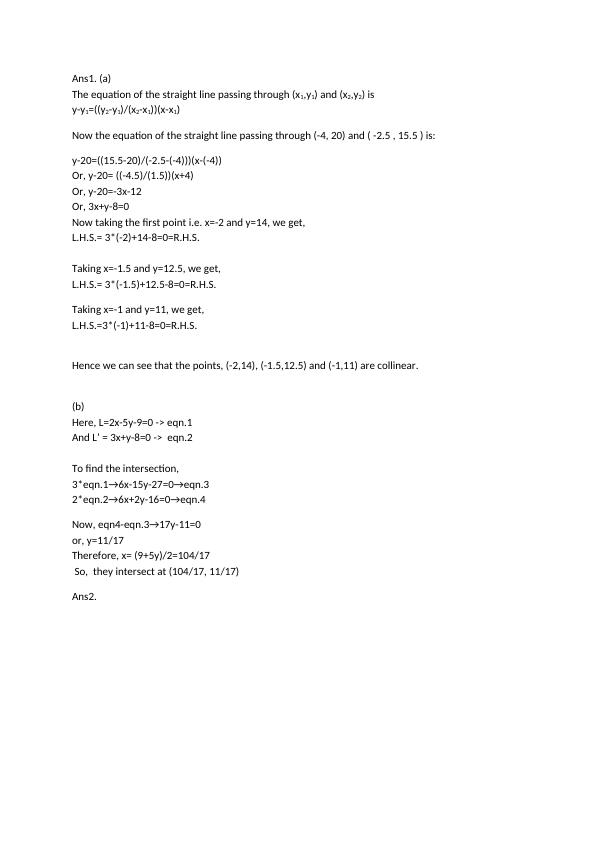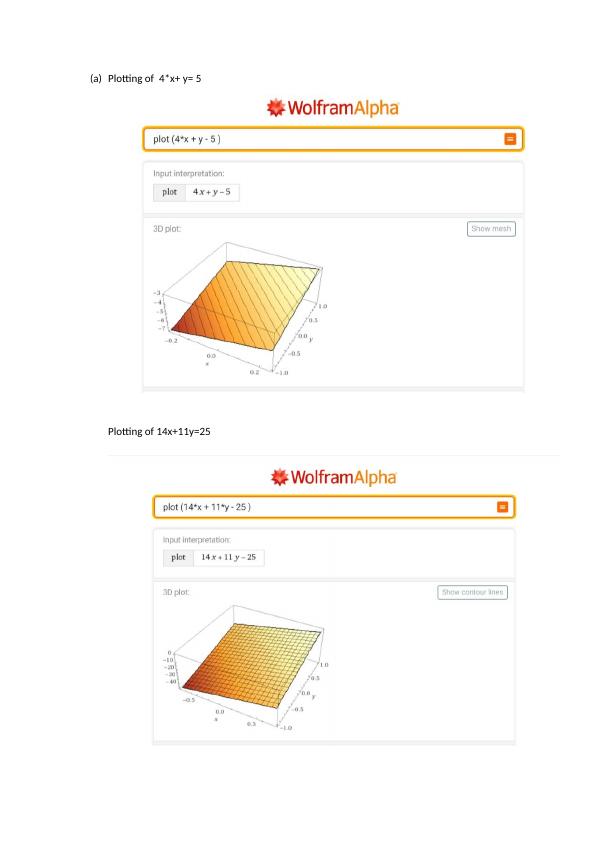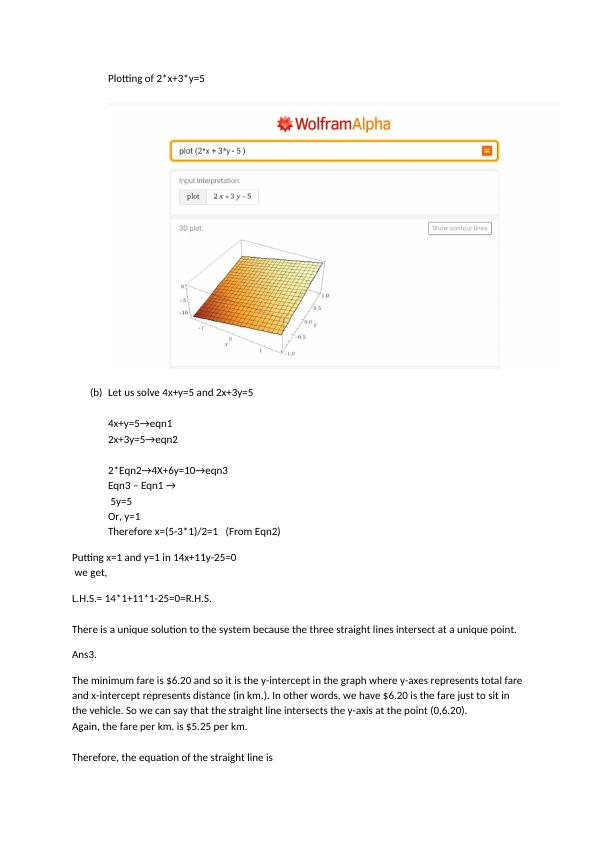Mathematical Equations and Solutions
Added on 2023-06-07
7 Pages1403 Words441 Views
End of preview
Want to access all the pages? Upload your documents or become a member.
Unit-2: Derivatives | Assignment
|11
|1422
|23
Simultaneous Linear Equations Solution
|9
|1025
|263
Using and Managing Data and Information
|6
|517
|41
Mathematics for Economics Mathematics for Economics
|24
|1791
|310
Using and Managing Data and Information
|6
|493
|91
The Mathematical Methods for Physicists
|10
|1099
|13



